The human population is increasing all over the country. According to the 2011 census, China is the world’s most populous country. Not only in one country, but throughout the world, the population is steadily increasing. The global population is constantly growing at an alarming rate. The world’s population is expected to reach 7.9 billion people by the 2023.
People conducted censuses in ancient times to keep these records of the population. Population growth is accelerating all over the world. While population distribution varies by country, some countries have significantly larger populations than others. According to census data and the world population index, India may have already surpassed China as the world’s most populous country. The top 10 countries by population in 2023 include:
10. MEXICO

- POPULATION: 132,354,424
- REGION: North America
- POPULATION DENSITY: 66 per Km2
- WORLD POPULATION SHARE: 1.65 %
- LAND AREA KM2: 1,943,950 Km2
North America’s third-largest country is also the continent’s second-most populous country and the world’s most populous Spanish-speaking country. It may come as a surprise, but Mexico also has the world’s third-highest Christian population (92.4%).
More than half of Mexicans live in the country’s center, while vast areas of the arid north and tropical south are sparsely populated. Migrants from impoverished rural areas have poured into Mexico’s cities, and cities now house nearly four-fifths of the Mexican population. Mexico City, the capital, is one of the world’s most populous cities and metropolitan areas. Mexico has gone through a series of economic booms that have resulted in periods of impressive social gains, followed by busts that have resulted in significant declines in living standards for the middle and lower classes. Despite the strengthening of ties with the United States and Canada through the North American Free Trade Agreement, the country’s economy remains fragile (NAFTA).
9. RUSSIA
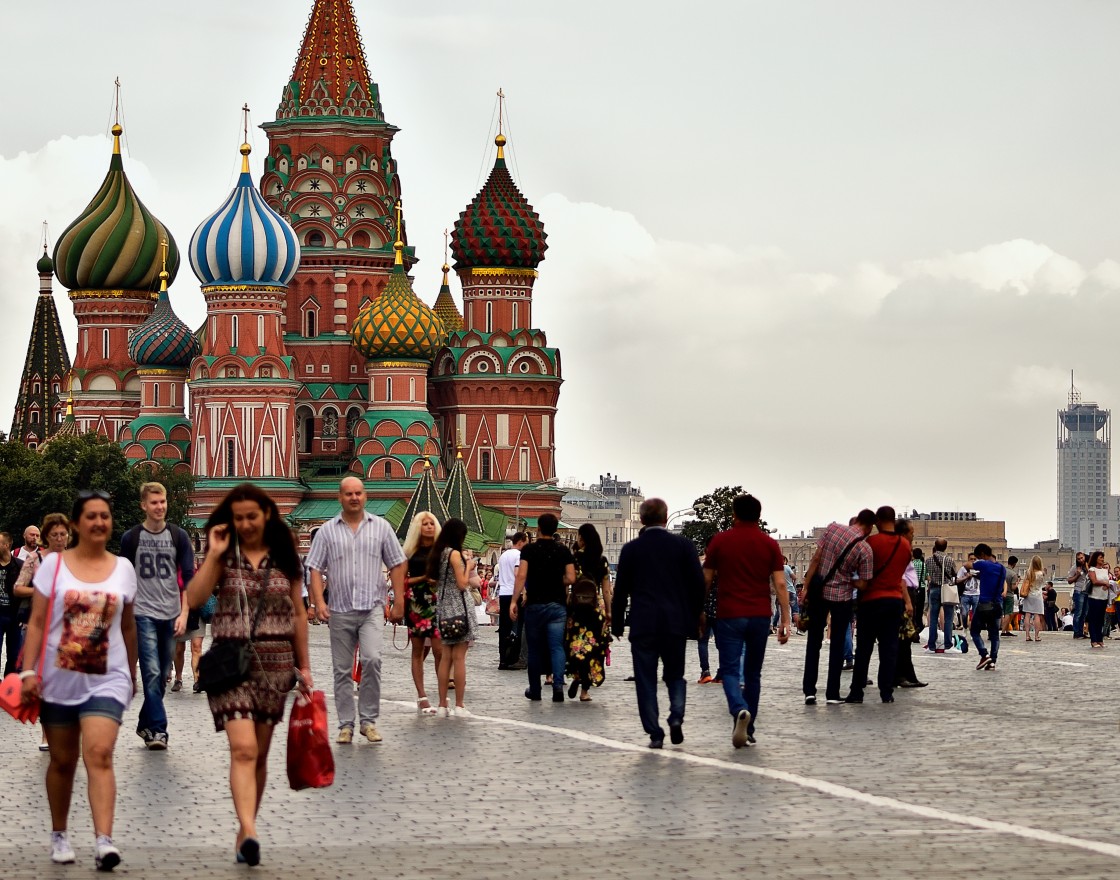
- POPULATION: 146,092,401
- REGION: Europe and Northern Asia
- POPULATION DENSITY: 9 per Km2
- WORLD POPULATION SHARE: 1.87 %
- LAND AREA KM2: 16,376,870 Km2
The figure includes the Crimean Peninsula, which is occupied by Russia. Russia comes at number nine in the list of top 10 countries by population in 2022. The world’s largest country is a transcontinental country located in northern Asia and Eastern Europe. More than 80% of the population is ethnic Russian. The European part of Russia is home to roughly two-thirds of the country’s population. Russian is the official language. In Russia, 15-20% of the population is Russian Orthodox, and 17% is Muslim. Russia has a large population of non-practicing believers and non-believers as a result of the Soviet Union’s seven decades of official atheism.
Russia is a land of extremes. It is by far the world’s largest country, with nearly twice the land area of Canada, the second largest. It stretches across northern Asia and the eastern third of Europe, spanning 11 time zones and encompassing a diverse range of environments and landforms ranging from deserts to semiarid steppes to deep forests and Arctic tundra. Russia is home to Europe’s longest river, the Volga, as well as its largest lake, Ladoga. Russia also has the world’s deepest lake, Baikal, and the lowest temperature recorded outside of the North and South poles.
8. BANGLADESH

- POPULATION: 168,833,681
- REGION: South Asia
- POPULATION DENSITY: 1,265 per Km2
- WORLD POPULATION SHARE: 2.11 %
- LAND AREA KM2: 130,170 Km2
Bangladesh is located between India and Myanmar in the Ganges-Brahmaputra delta. Bangladesh is the world’s most densely populated large country, covering an area slightly larger than half the size of the United Kingdom. The state religion is Islam.
The rivers are the most important feature of the Bangladesh landscape, shaping not only its physiography but also the people’s way of life. Rivers in Bangladesh, on the other hand, are subject to constant and sometimes rapid changes in course, which can affect the hydrology of a large region; as a result, no description of Bangladesh’s topography can be relied on for long.
One spectacular example of such a shift occurred in 1787 when the Tista River experienced unusually high flooding; its waters were abruptly diverted eastward, where they strengthened the Brahmaputra. The swollen Brahmaputra began to cut into a minor stream, which by the early 1800s had become the main lower course of the river, now known as the Jamuna. A much smaller river (the Old Brahmaputra) now flows through the former course of the Brahmaputra.
7. NIGERIA

- POPULATION: 206,139,589
- REGION: West Africa
- POPULATION DENSITY: 226 per Km2
- WORLD POPULATION SHARE: 2.64 %
- LAND AREA KM2: 910,770 Km2
Nigeria is a country in West Africa that borders the Gulf of Guinea. It is Africa’s most populous country, with a consistently high population growth rate. Hausa make up 30% of the population, Yoruba 15%, Igbo (Ibo) 15%, and Fulani 6%. More than half of Nigeria’s population (53%), predominantly Sunni, is Muslim. 45% of the population adheres to various Christian denominations.
Nigeria’s topography is characterized by plains in the north and south, which are interrupted by plateaus and hills in the center of the country. The Sokoto Plains are located in the country’s northwest corner, while the Borno Plains are located in the country’s northeastern corner and extend all the way to the Lake Chad basin. Soft, geologically young sedimentary rocks underpin the Lake Chad basin and coastal areas, including the Niger River delta and western parts of the Sokoto region in the far northwest. These areas have gently undulating plains that become waterlogged during the rainy season.
6. BRAZIL
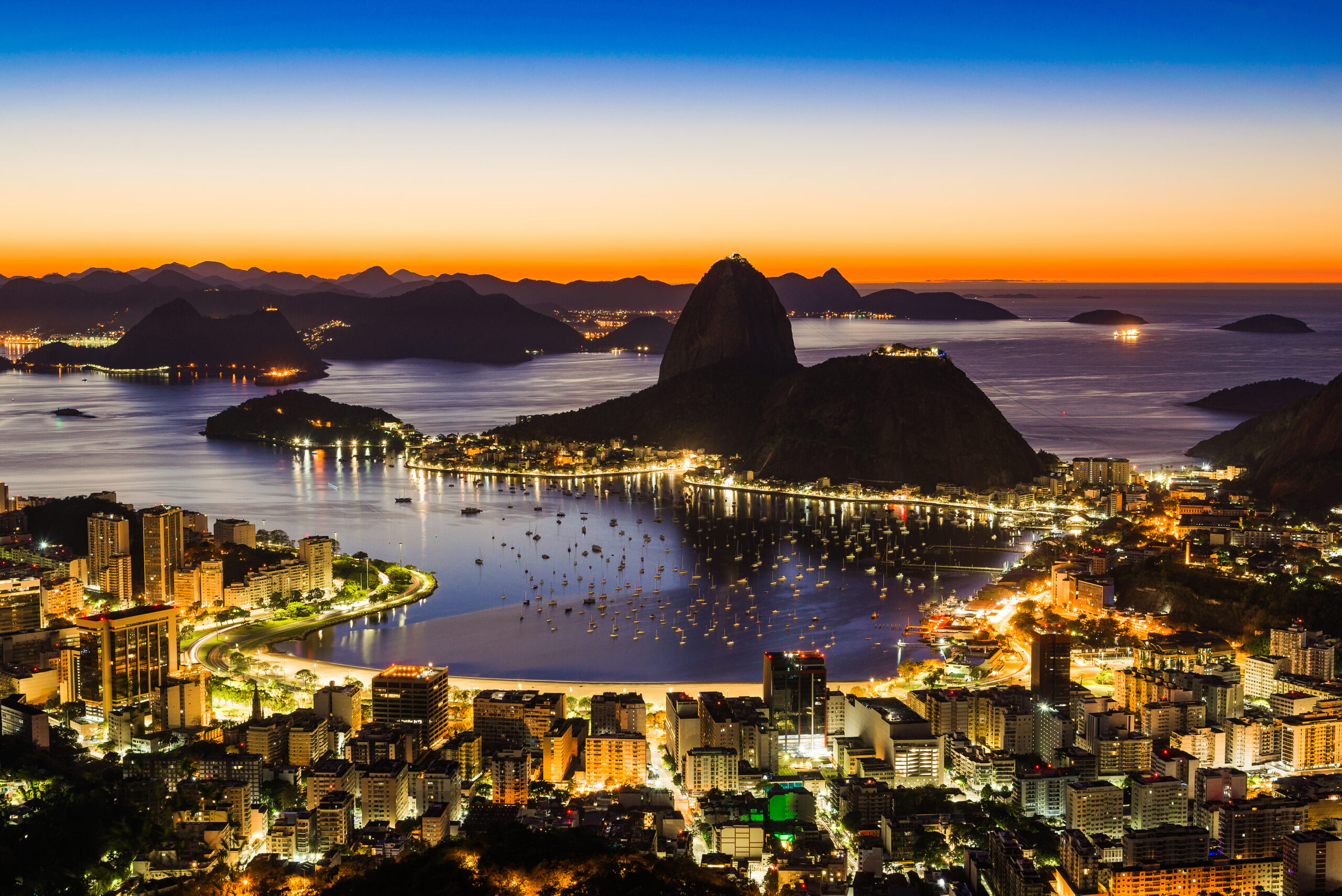
- POPULATION: 212,559,417
- REGION: South America
- POPULATION DENSITY: 25 per Km2
- WORLD POPULATION SHARE: 2.73 %
- LAND AREA KM2: 8,358,140 Km2
Brazil is the largest and most populous country in South America, as well as the Western Hemisphere’s second most populous country. It also has the world’s second-largest Christian population, with 65% Roman Catholics and 22% Protestants. Brazilian Portuguese is widely spoken.
Rio de Janeiro is guarded by a massive statue of Christ the Redeemer. Samba music, football, and carnival are all popular in Brazil. People are proud of their diverse origins and long histories. But there is much more to discover in this vast country.
Brazil has over 7000 miles of tropical beaches, a diverse population, unique cities, and a diverse topography. The Amazon, Rio de Janeiro, the renowned Iguaçu Falls, and the world’s largest wetland all await visitors to South America.
5. PAKISTAN
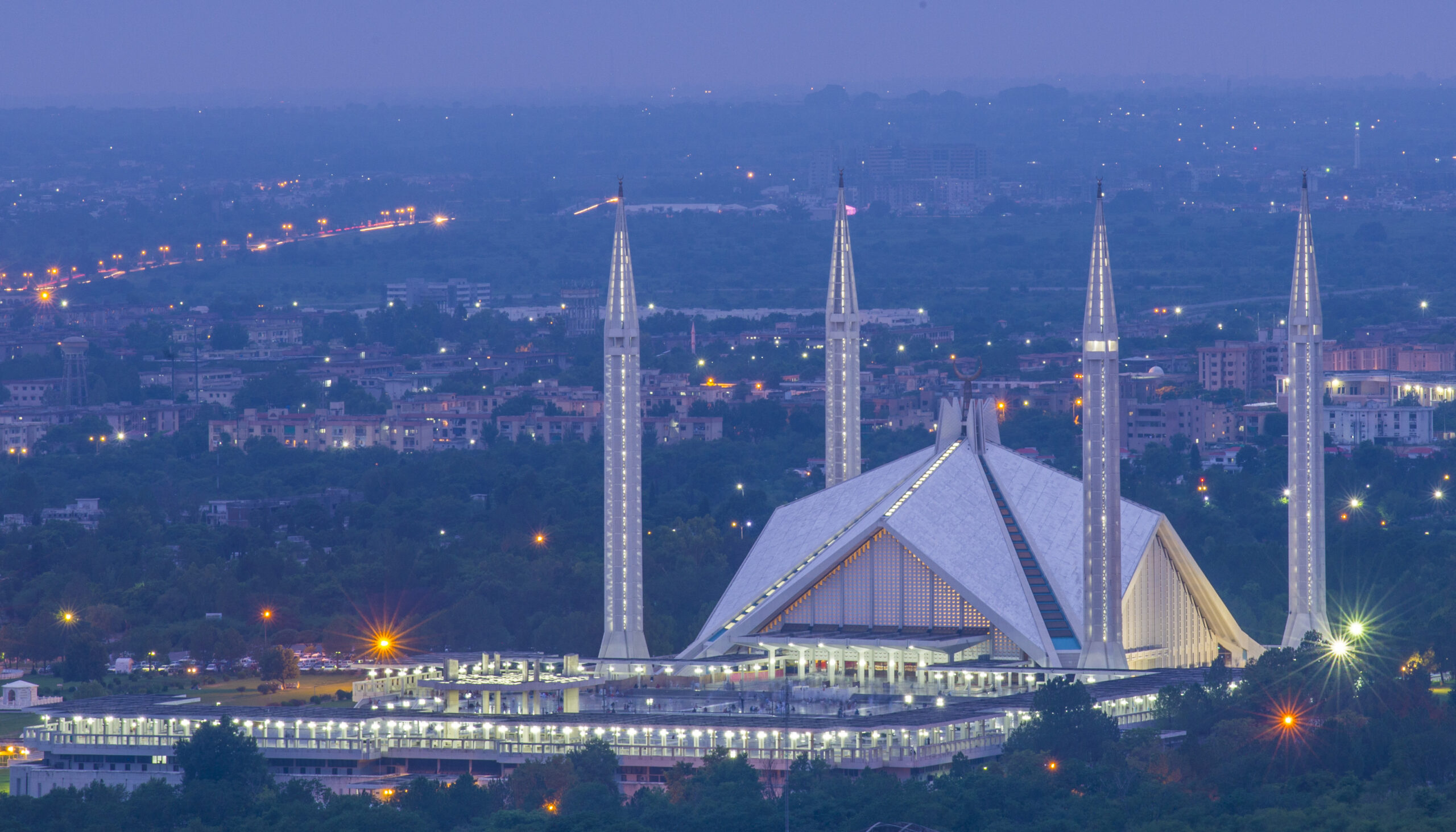
- POPULATION: 220,892,340
- REGION: Southern Asia
- POPULATION DENSITY: 287 per Km2
- WORLD POPULATION SHARE: 2.83 %
- LAND AREA KM2: 770,880 Km2
Pakistan is Asia’s third-most populous nation and the world’s second-most populous Islamic country. It occupies the fifth spot in the list of top 10 countries by population in 2023. There are six major ethnic groups in the country. Punjabis make up the largest ethnic group (45%), followed by Pashtuns (15%), Sindhis (14%), and Saraikis (8%). The majority of Pakistan’s population (96% of the total) is Muslim.
Pakistan’s landscapes range from the soaring Pamirs and the Karakoram Range in the northwest, through a maze of mountain ranges, valleys, and inhospitable plateaus, to the remarkably even surface of the fertile Indus River plain, which drains into the Arabian Sea to the south. It includes a section of the ancient Silk Road as well as the famous Khyber Pass, which has brought outside influences into the otherwise isolated subcontinent. Mountain climbers are drawn to the challenging peaks of K2 and Nanga Parbat in the Pakistan-administered region of Kashmir. The ancient site of Mohenjo-Daro, located along the Indus River, is one of the cradles of civilization.
4. INDONESIA

- POPULATION: 280,829,472
- REGION: Southeast Asia
- POPULATION DENSITY: 151 per Km2
- WORLD POPULATION SHARE: 3.51 %
- LAND AREA KM2: 1,811,570 Km2
Indonesia is the most populous island nation in Maritime Southeast Asia, as well as the most populous Islamic country and the most populous sovereign state. Indonesia has a population of 280,829,472. The Indonesian archipelago is one of the world’s most unusual areas, encompassing a major tectonic plate juncture, spanning two faunal realms, and serving as a nexus for the peoples and for millennia, Oceania’s and mainland Asia’s cultures have coexisted.
These factors have resulted in an environment and society that appear to be united only by susceptibility to seismic and volcanic activity, proximity to the sea, and a moist, tropical climate. Nonetheless, a centralized government and a common language have contributed to Indonesia’s sense of unity. In addition, in keeping with its role as an economic and cultural crossroads, the country is involved in a number of international trade and security organizations, including ASEAN, OPEC, and the United Nations.
3. UNITED STATES OF AMERICA
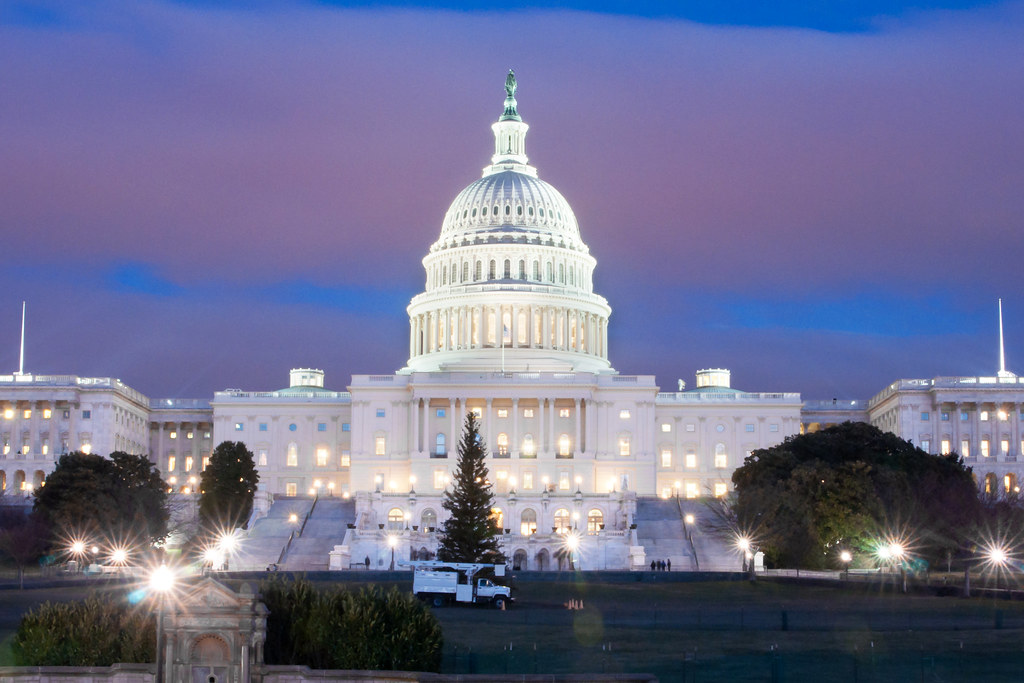
- POPULATION: 335,903,903
- REGION: North America
- POPULATION DENSITY: 36 per Km2
- WORLD POPULATION SHARE: 4.25 %
- LAND AREA KM2: 9,147,420 Km2
The United States, which occupies the majority of North America’s central region, is the most populous country in the Americas and comes at third number in the list of top 10 countries by population in 2023. It also has the world’s largest Christian population, with 65% of Americans identifying as Christians today. With 39.5 million people, California is the most populous state in the United States. With 8.4 million residents, New York City, NY is the most populous city.
The greatest feature of the United States is most likely its diversity. Its physical environment varies from Arctic to subtropical, from moist rain forest to arid desert, from rugged mountain peaks to flat prairie. Although the United States has a large population by global standards, its overall population density is low. The country contains some of the world’s most densely populated areas as well as some of the most vastly uninhabited areas.
2. INDIA
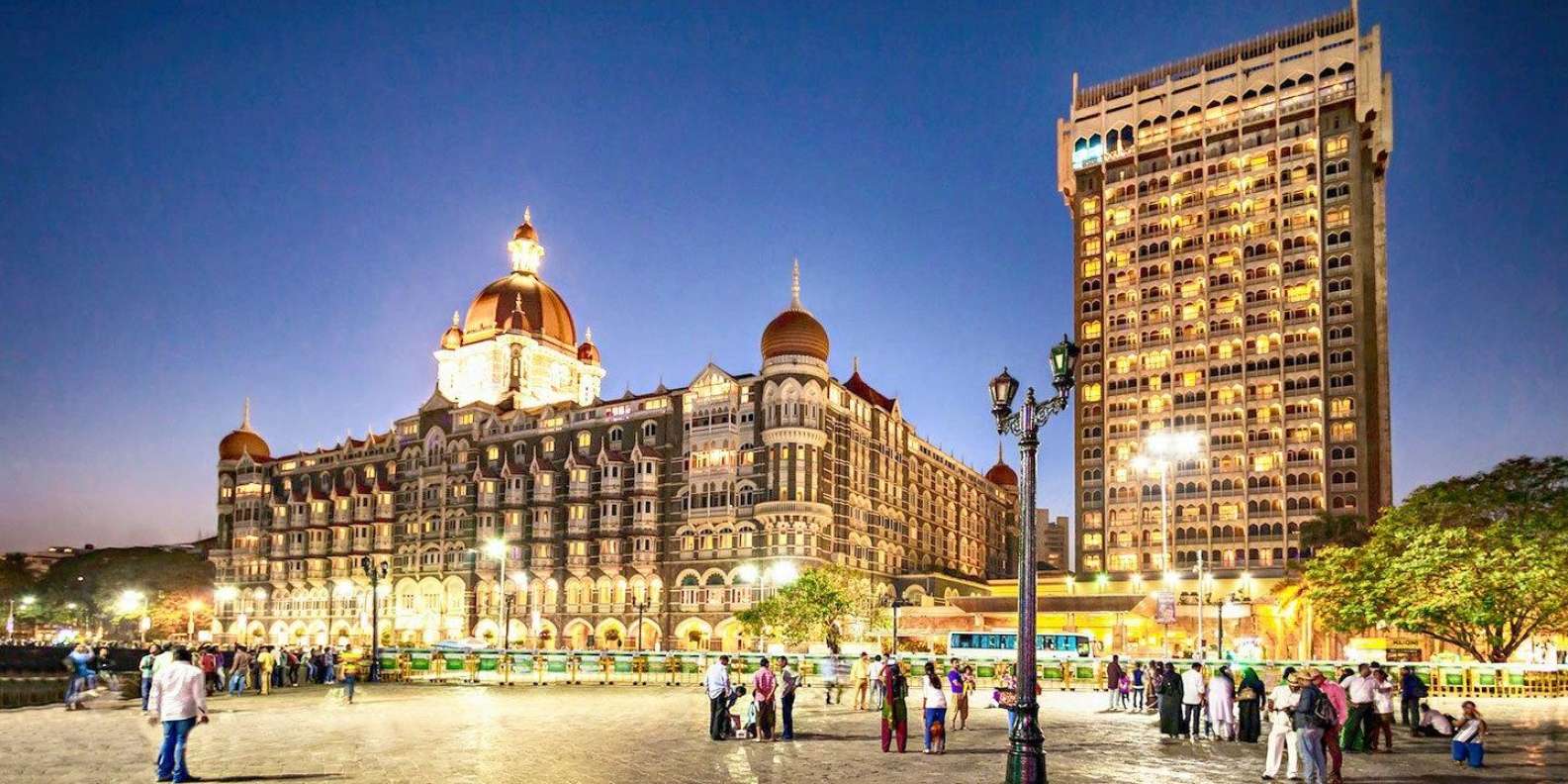
- POPULATION: 1,414,273,827
- REGION: Southern Asia
- POPULATION DENSITY: 464 per Km2
- WORLD POPULATION SHARE: 17.70 %
- LAND AREA KM2: 2,973,190 Km2
The country, also known as Bharat, is Asia’s and the world’s second most populous. India has hundreds of ethnic groups, and the Indian Constitution recognizes 22 official languages. The ancient caste system still exists in Hindu society. Uttar Pradesh, India’s most populous state, has a population of 200 million people.
India has 39 UNESCO World Heritage Sites and is well-known for its yoga, cricket, spices, and wildlife. It has a total area of 3,287,263 km2. There are historic temples, opulent Maharaja palaces made of gold, massive towns with millions of residents, and chaotic, noisy street life. You must be capable of dealing with it. India enjoys showing off all of its many facets.
1. CHINA

- POPULATION: 1,453,356,401
- REGION: Eastern Asia
- POPULATION DENSITY: 153 per Km2
- WORLD POPULATION SHARE: 18.47%
- LAND AREA KM2: 9,388,211 Km2
The “Middle Kingdom” of East Asia is the world’s most populous country. Han Chinese make up roughly 90% of China’s population. China has over 50 recognized ethnic groups, the largest of which are the Uyghurs (about 10 million people) and the Tibetans (about 3 million people).
China has a land area of 9,596,961 km2 and five distinct time zones. China has 14 neighbors, one of which is Russia. China also has the most cities in the world with populations of over a million people, as well as the most populous city. The majority of Chinese people live on the eastern side of the country.
China is a vast, diverse country that is very dissimilar from the western Netherlands. China is a well-liked tourism destination precisely because of this. Traveling across this stunning nation, from large cities to remote mountain villages and barren plains, can easily take months.
FINAL THOUGHT
Above we have discussed the top 10 countries by population in 2022. No more than 2 billion people on our planet can enjoy a standard of living comparable to that of the European Union. With a population of 8 to 10 billion people, global welfare per person will be equivalent to that of a poor farmer who can barely provide enough food for himself and has no concept of welfare. As a result, in order to avoid disputes or war, we will have to share everything fairly.
Like many South Asian countries, India has a young population. This is both an opportunity for future economic growth and a challenge for policymakers in terms of job creation. According to the World Bank, the projected increase in the working-age population in South Asia between 2020 and 2050 is 254 million, accounting for 30.6% of the global increase. India will be responsible for 16.5% of the increase. Meanwhile, China’s working-age population will fall by 226 million over the same period, mirroring falls in most developed countries.















